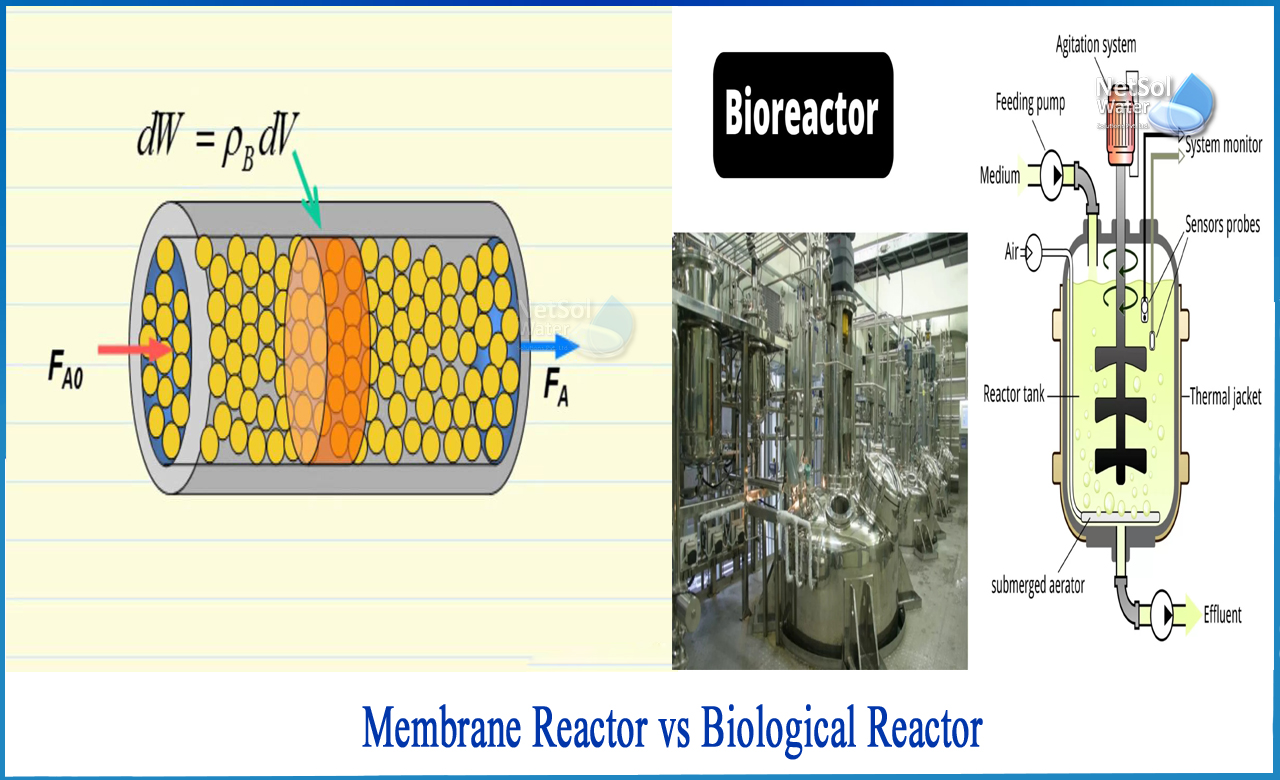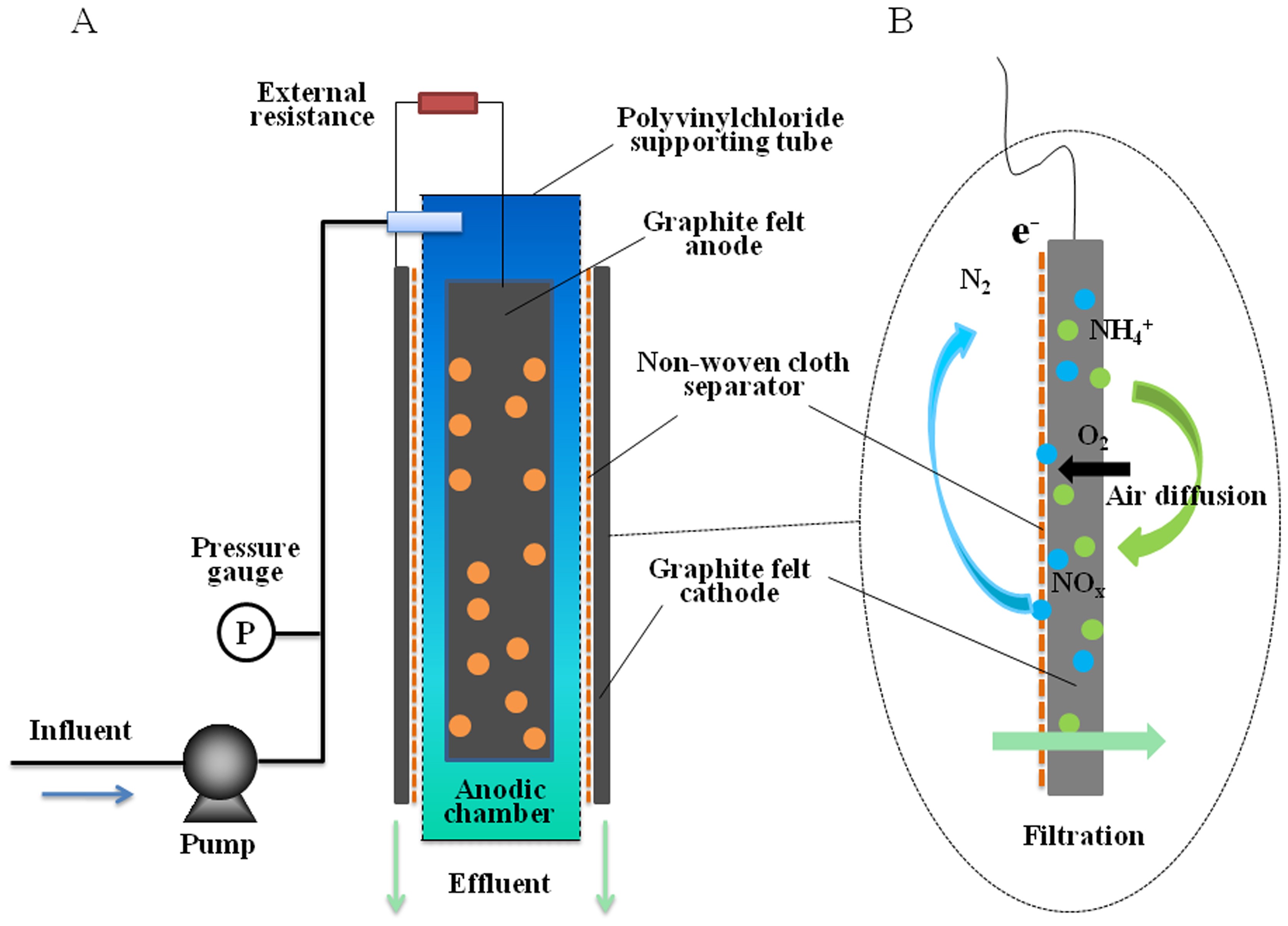Membrane Bioreactors Clarified: Effective Solutions for Tidy Water
Membrane layer bioreactors (MBRs) have actually emerged as a sophisticated service for resolving journalism obstacles of wastewater treatment. By incorporating organic procedures with advanced membrane filtration, MBRs not only improve the top quality of cured water yet also reduce the spatial requirements of treatment facilities. As environmental issues escalate, the role of MBR technology in promoting sustainable water management becomes progressively substantial. Nonetheless, the complexities of their operation, advantages, and potential applications merit a closer examination to fully recognize their effect on the future of water therapy.

What Are Membrane Bioreactors?
Membrane layer bioreactors (MBRs) are innovative wastewater treatment systems that combine organic deterioration processes with membrane layer filtering innovation. This integration permits the efficient elimination of contaminants from water, making MBRs a preferred selection in different applications, including local wastewater treatment and commercial effluent monitoring.

One of the critical benefits of MBRs is their capability to generate top notch effluent, commonly suitable for reuse in watering or commercial processes. In addition, MBRs require a smaller sized impact compared to traditional therapy systems, making them optimal for city settings where area may be limited.
Additionally, MBRs can properly handle differing influent tons and are much less susceptible to the impacts of poisonous shocks. These qualities add to their growing popularity as a lasting remedy for dealing with the raising need for clean water while lessening ecological influences.
How Membrane Bioreactors Job
While the procedure of membrane bioreactors (MBRs) may appear facility, it essentially revolves around the synergy in between organic processes and membrane purification. MBRs incorporate an organic treatment process, normally turned on sludge, with a membrane separation unit to treat wastewater efficiently.
In an MBR system, wastewater is very first introduced into a bioreactor where bacteria break down natural issue and various other impurities. The organic task lowers the focus of pollutants while promoting the development of biomass. Following this organic treatment, the blended alcohol undergoes membrane layer filtering, which can be microfiltration or ultrafiltration, relying on the desired effluent top quality.
The membrane layers serve as a physical barrier, enabling water and little solutes to pass while keeping suspended solids and larger molecules. This enables the system to maintain a high focus of biomass within the activator, improving the treatment performance.
Moreover, the continual splitting up of treated water from the biomass helps with a compact design and decreases the impact of the treatment facility. On the whole, the mix of biological degradation and membrane layer filtering in MBRs leads to reputable and effective wastewater therapy, making certain high-grade effluent ideal for different applications.
Advantages of MBR Modern Technology
One of the key benefits of membrane bioreactor (MBR) modern technology is its capability to generate top notch effluent with a substantially decreased impact compared find to conventional wastewater therapy methods. MBR systems properly combine organic treatment and membrane layer filtration, leading to superior elimination of contaminants, including put on hold solids, microorganisms, and raw material. This ability causes effluent that typically meets or surpasses rigorous regulatory criteria for reuse and discharge.
Additionally, MBR innovation permits higher biomass concentrations, which boosts the treatment effectiveness and lowers the required reactor quantity. This portable design is especially beneficial in metropolitan locations where space is limited. The operational adaptability of MBR systems additionally implies they can adjust to differing influent high qualities and circulation prices, making them suitable for a large array go to website of applications.
Furthermore, the minimized sludge manufacturing associated with MBR processes adds to decrease operational and upkeep prices. The membrane layers act as a physical barrier, reducing the danger of blocking and allowing longer functional durations in between cleansing. Generally, the benefits of MBR modern technology make it an eye-catching solution for sustainable wastewater treatment, attending to both ecological problems and the demand for reliable source monitoring.
Applications of Membrane Layer Bioreactors
With their convenience and performance, membrane layer bioreactors (MBRs) locate applications throughout numerous markets, including local wastewater therapy, commercial procedures, and even water improvement. In metropolitan settings, MBRs offer a portable remedy for treating wastewater, successfully eliminating pollutants while concurrently creating premium effluent that satisfies strict regulatory criteria. This makes them specifically appropriate for areas with limited room.
In industrial applications, MBR technology is utilized for dealing with process page water, particularly in sectors such as food and drink, pharmaceuticals, and petrochemicals. These sectors gain from MBRs' capacity to deal with high organic loads and their performance in recuperating important sources from wastewater, such as nutrients and water.
In addition, MBRs play a crucial duty in water improvement initiatives, enabling the reuse of dealt with wastewater for irrigation, commercial processes, or perhaps as drinkable water after further therapy (Membrane Bioreactor). Their efficiency in eliminating pollutants and microorganisms makes them a trustworthy choice for making certain water quality in numerous reuse applications
Future of Water Treatment Solutions
The future of water therapy solutions is poised for transformative innovations driven by technological development and raising environmental understanding. As international water shortage ends up being a pressing concern, new techniques, including membrane bioreactor (MBR) systems, are readied to play an essential duty in improving the effectiveness and sustainability of water therapy processes.
Emerging modern technologies such as artificial intelligence and maker knowing are anticipated to optimize treatment operations, allowing for real-time tracking and predictive maintenance. This will certainly boost the overall dependability and efficiency of water treatment centers. Moreover, innovations in membrane layer materials, such as graphene and nanofiltration, promise to enhance permeation prices and decrease fouling, causing lower energy intake and operational costs.
Furthermore, the integration of renewable resource sources into water therapy plants will add to greener practices. The circular economic situation design will certainly likewise obtain grip, motivating the healing of important resources from wastewater, such as nutrients and energy.
Verdict

Membrane layer bioreactors (MBRs) have actually arised as an advanced solution for addressing the pressing difficulties of wastewater treatment. By incorporating organic procedures with sophisticated membrane layer filtration, MBRs not only improve the quality of cured water but likewise decrease the spatial needs of treatment facilities.One of the key advantages of membrane layer bioreactor (MBR) innovation is its ability to produce top quality effluent with a significantly decreased impact contrasted to traditional wastewater treatment techniques.With their convenience and efficiency, membrane layer bioreactors (MBRs) find applications throughout various fields, consisting of community wastewater treatment, commercial procedures, and even water reclamation.In conclusion, membrane bioreactors represent a substantial advancement in wastewater therapy modern technology, integrating organic procedures with effective membrane purification to create premium effluent.